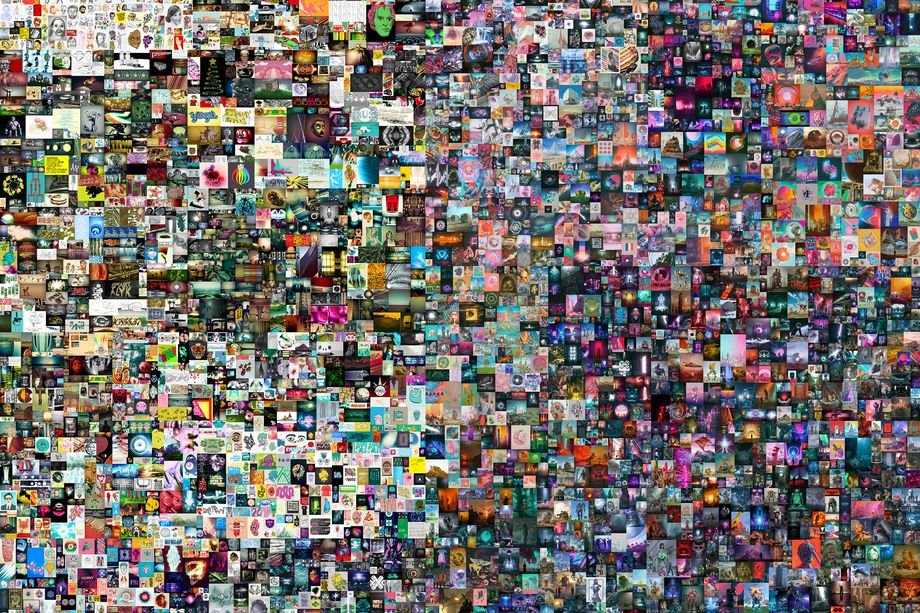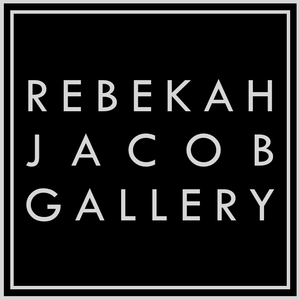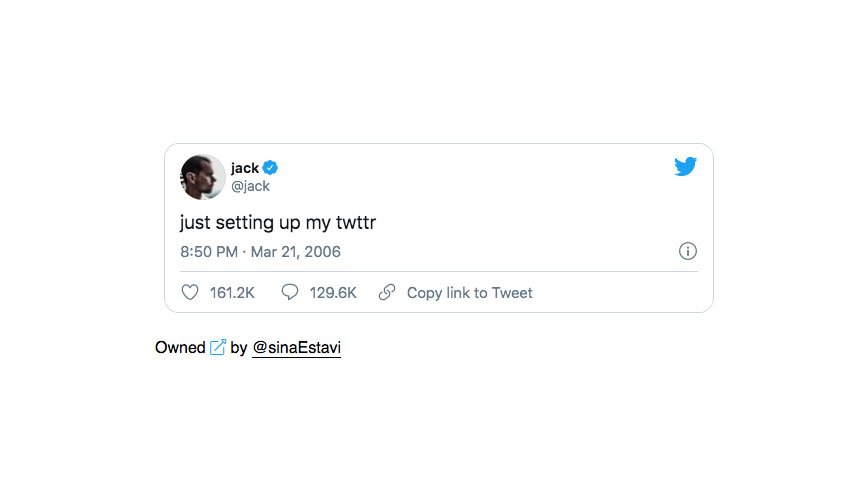NFT's in Art | The Digital Space
What is NFT art?
An NFT is a digital asset that exists completely in the digital universe—you can't touch it, but you can own it. An NFT can be any type of digital file: an artwork, an article, music or even a meme such as “Disaster Girl”, the original photo of which sold for $500k earlier this year.
NFT stands for “non-fungible token,” and it can technically contain anything digital, including drawings, animated GIFs, songs, or items in video games. Non-fungible means it is individual. The opposite, fungible, has examples like bitcoin. One bitcoin can be swapped for another; they are identical.
Buying NFT’s
One of the obvious benefits of buying art is it lets you financially support artists you like, and that’s true with NFTs (which are way trendier than, like, Telegram stickers). Buying an NFT also usually gets you some basic usage rights, like being able to post the image online or set it as your profile picture. Plus, of course, there are bragging rights that you own the art, with a blockchain entry to back it up.
Collecting NFT’s
Ah, okay, yes. NFTs can work like any other asset, where you buy it and hope that the value of it goes up one day, so you can sell it for a profit. I feel kind of dirty for talking about that, though.
So every NFT is unique?
In the boring, technical sense that every NFT is a unique token on the blockchain. But while it could be like a van Gogh, where there’s only one definitive actual version, it could also be like a trading card, where there’s 50 or hundreds of numbered copies of the same artwork.
But what do The Youth think of them?
Ah yes, excellent question. We here at The Verge have an interest in what the next generation is doing, and it certainly does seem like some of them have been experimenting with NFTs. An 18 year-old who goes by the name FEWOCiOUS says that his NFT drops have netted over $17 million — though obviously most haven’t had the same success. The New York Times talked to a few teens in the NFC space, and some said they used NFTs as a way to get used to working on a project with a team, or to just earn some spending money.
Can I buy this article as an NFT?
No, but technically anything digital could be sold as an NFT (including articles from Quartzand The New York Times, provided you have anywhere from $1,800 to $560,000). deadmau5 has sold digital animated stickers. William Shatner has sold Shatner-themed trading cards (one of which was apparently an X-ray of his teeth).
Example: Recently, Jack Dorsey, who is the CEO of Square SQ, 5.05% and Twitter TWTR, 4.55%, announced that he was auctioning off his first tweet as an NFT. The current bid stands at $2.5 million, according to news reports. Dorsey said he would convert the winning bid to bitcoin and donate it to charity.
In March, Christie's announced that the NFT for "Everydays: The First 5000 Days," a digital work of art by artist Beeple, née Mike Winkelmann, sold for over $69 million — the third highest price for any living artist. The winning bidder was MetaKovan, the founder and financer of Metapurse.


